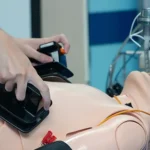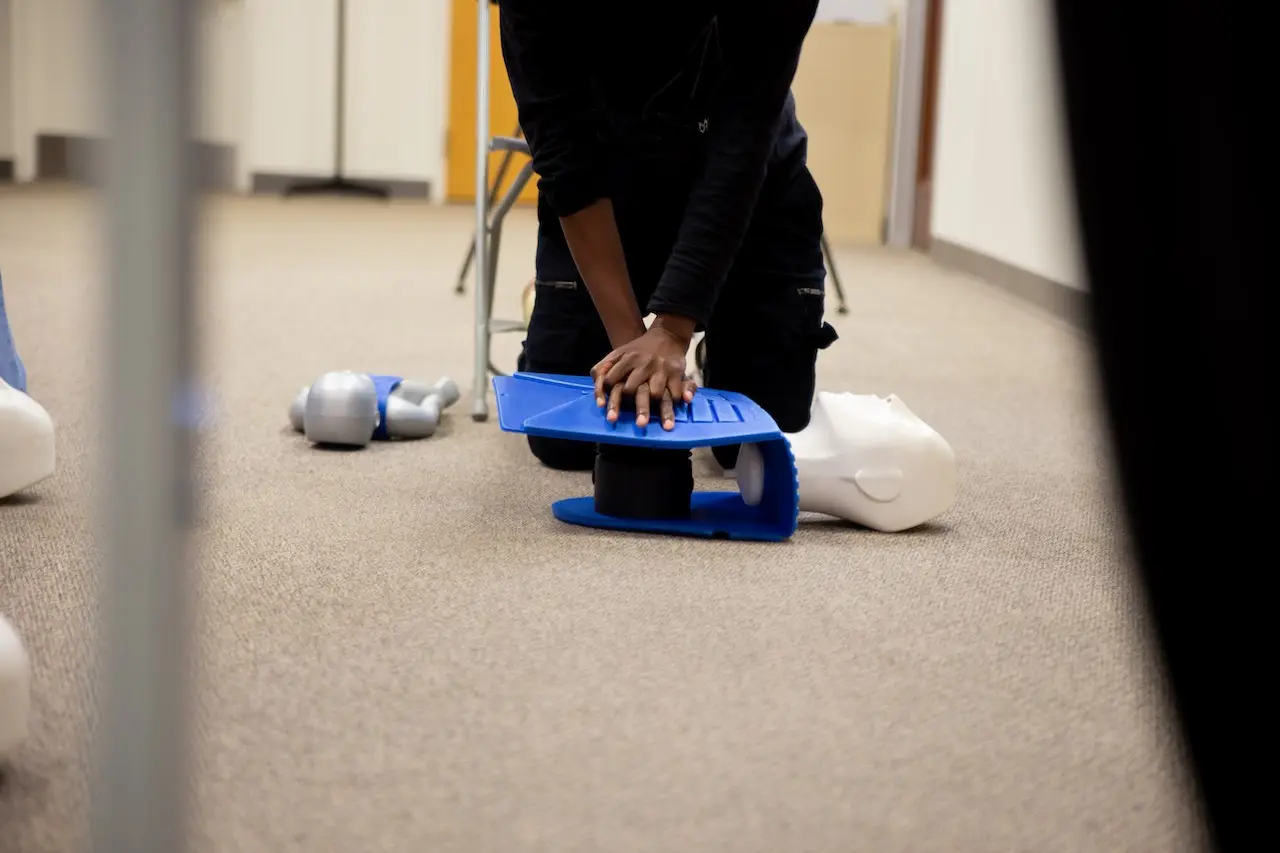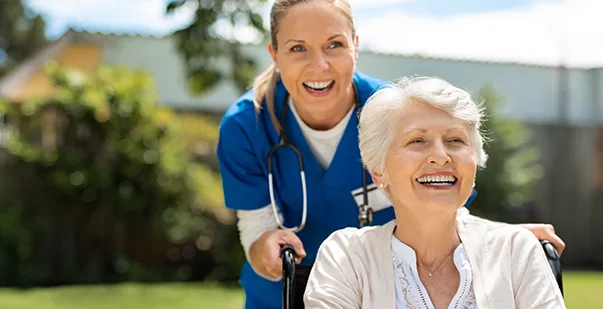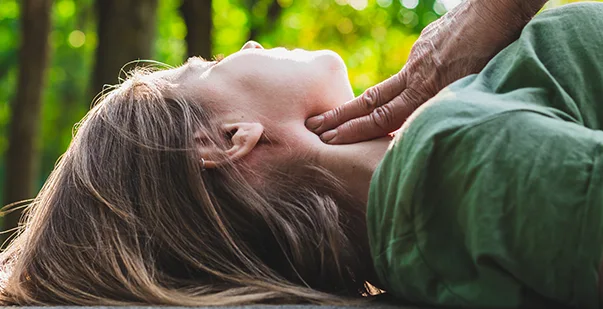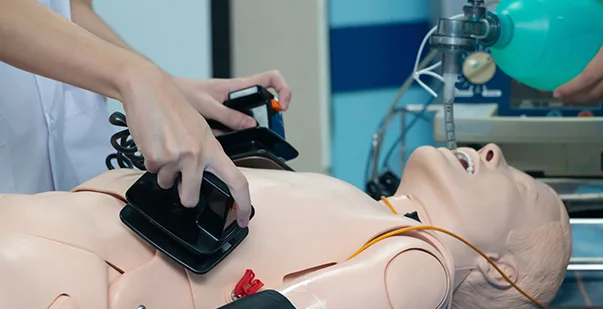Have you ever wondered why scientists invented an AED when CPR already existed? Do these techniques have a different use or are they the same? Why is an AED needed? Let us answer these questions for you and elaborate on the importance of both methods. Both work towards restoring the heartbeat in persons with cardiac arrest. Each method has a different approach. Take a life saving course today from American HealthCare Academy to further understand the difference. How long does CPR certification last? It lasts for 2 years and it can be renewed when it’s up for expiry. This article highlights the importance of CPR and AED training in detail.
Why are both CPR and AED necessary to save lives?
AED stands for automated external defibrillator. Even though CPR and AED are different techniques, you must use them together. Both work towards restoring a regular heart rate for the cardiac arrest patient. CPR (cardiopulmonary resuscitation) is lifesaving when someone’s heart stops beating. AED (automated external defibrillator) delivers an electrical shock to the heart. This shock tries to revive the heart. The following reasons highlight why both these are important to save people.
- CPR involves pressing on the chest to pump blood to the heart and brain of the unconscious person.
- CPR can help to restore circulation and breathing. But this takes time and is often unsuccessful. In AED training and AED certification, you will learn what is the correct ventilation rate.
- There is a lag in reaching the patient, and CPR does not work. In such situations, you need to start AED.
- An AED adjusted the shock strength according to the patient’s information. These electric signals mimic the nerve impulse the heart receives from the brain. It often jumpstarts the heart into beating, even though feebly.
- Hands only CPR may help the heart pump blood faster in such situations. The breaths given in CPR deliver oxygen to the body.
- Sometimes you may need CPR after AED if the person experiences a second episode.
Hence, knowledge of CPR and AED training is mandatory for bystanders and healthcare professionals. Here’s why:
- An AED helps to assess a patient’s heart rhythm and determine it. It can determine if the patient needs (CPR) or a shock from the AED.
- If needed, healthcare providers can use an AED to deliver a shock to the patient to restore the heart’s normal rhythm.
- Healthcare providers can use an AED to monitor the patient’s heart rhythm and adjust the shock if necessary.
- Healthcare providers can use an AED to provide oxygen if the patient is not breathing.
- Healthcare providers can use an AED to provide chest compressions to the patient. It works when you cannot put enough pressure on yourself.
- Healthcare providers can use an AED to transfer the patient to the hospital for further treatment.
- Healthcare providers can use an AED to analyze the patient’s heart rhythm. They can provide information to the medical team to help guide treatment decisions.
Best practices for healthcare providers in medical emergencies
As a healthcare provider, you must ensure the patient trusts you. You need to act proactively and make the best of every situation. A healthcare worker’s day is very uncertain. Emergencies always come unannounced, and you must ensure all the work gets done. Some best practices for healthcare workers in emergencies are as follows.
- Follow Protocols: Predefined protocols guide healthcare providers on various things. They learn how to respond to medical emergencies. It is essential to follow these protocols to ensure the best patient outcome. Following these will ensure you do things that others also understand.
- Patient safety first: Patient safety is the top priority in any medical emergency. Healthcare providers should take steps to ensure that the patient stays protected. You must maintain a hygienic environment and use protective equipment.
- Provide clear communication: Communication is critical in medical emergencies. It includes communicating with the patient, their family, and other healthcare providers. Healthcare providers should ensure that everyone stays on the same page.
- Prepare for the unexpected: Medical emergencies are unpredictable. Every healthcare provider should prepare for any situation. You must have the necessary supplies and equipment on hand.
- Stay calm: Healthcare providers must remain calm and focused during a medical emergency. It helps to think clearly and make the best decisions.
- Seek help if needed: Healthcare providers should quickly ask for help. It includes asking other healthcare providers for assistance.
Conclusion
A healthcare provider’s job demands constant attention to detail. They must also remember a lot of text and understand their practical application. Knowledge of both CPR and AED certification help them save lives more effectively. With a proper understanding of these techniques, they can protect the patient’s life. To learn more about these techniques, check out the courses provided by the American HealthCare Academy. Call us at 1-888-277-7865 for more information.



